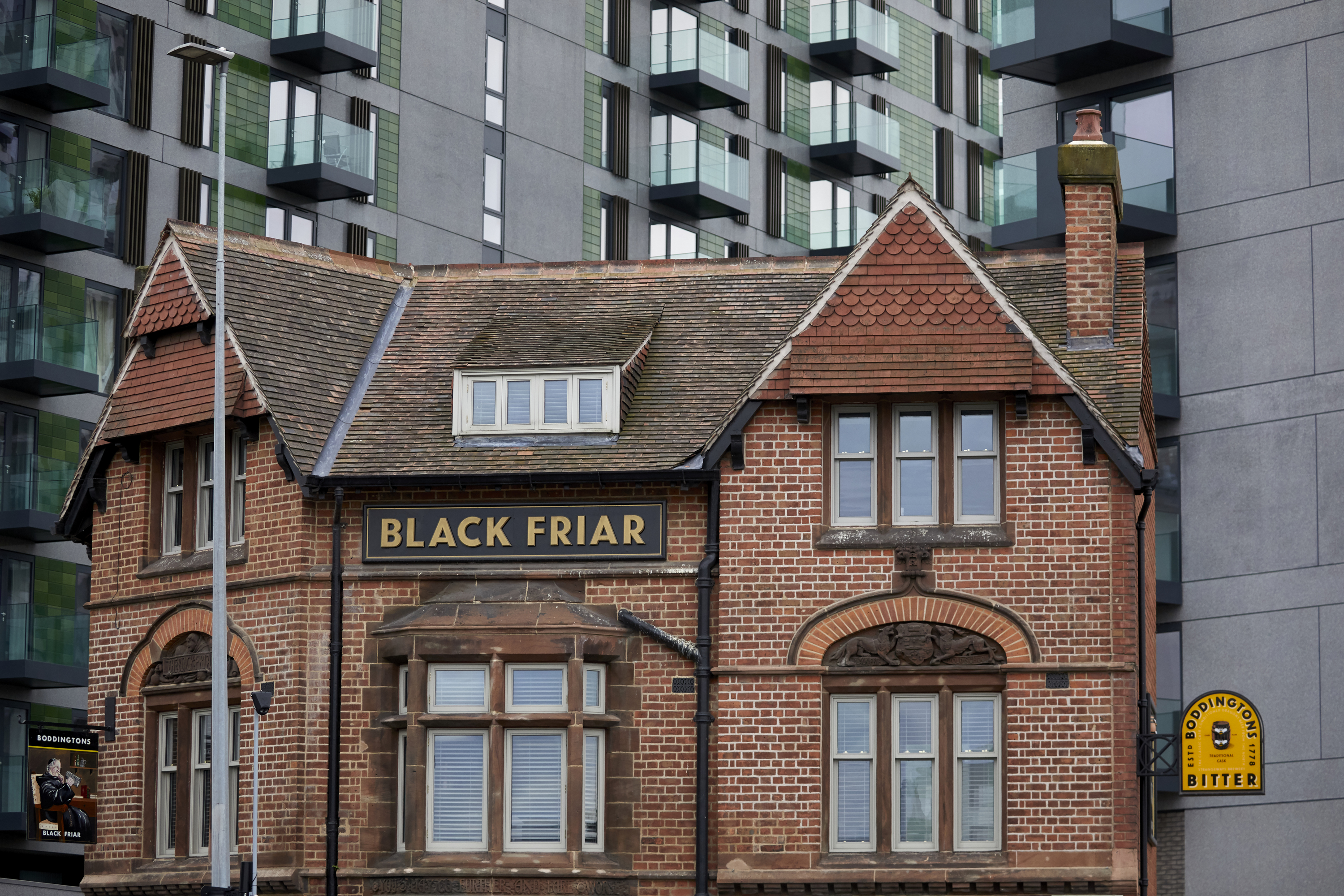City Life Manchester..2019
A recent article in The Guardian by architect turned critic Oliver Wainwright suggests Manchester’s skyline is akin to “something you’d see on the outer ring road of a third-tier Chinese city.”
Harsh words indeed. Or maybe not. If taken in context of where the city stands today, perhaps this is more of an indication that things are moving – fairly quickly – in the direction they need to go, rather than a criticism that stands up to scrutiny.
Despite all the investment and seemingly endless number of cranes rising from the ground, Manchester city centre still has a relatively small residential population of somewhere between 35,000 and 65,000 depending on where you draw the city’s boundary.
However, compared to 1996 – the date that most seem to agree kick-started the city’s regeneration – that is a huge number.
And, according to one of the region’s most prolific architects, Ian Simpson, the vision is for 200,000 people to one day call the city their home. Quite a leap from the 400 or so who were pottering about before the fateful day Manchester’s heart was attacked by the IRA bomb.
Further criticisms of Wainwright’s include Manchester’s perceived lack of affordable homes and the feeling that Manchester is losing its identity as tall building follows tall building with the Council putting developer profits ahead of social responsibilities.
These criticisms understandably drew harsh rebuke by leader of Manchester City Council Sir Richard Leese.
Mr Leese has pointed to the fact that Manchester’s Residential Quality Guidelines, drawn up in 2016, are the most demanding design, space and sustainability guidelines of any city in the UK.
Furthermore, he points to Manchester’s target of achieving 6,400 genuinely affordable homes by 2025, including “a good chunk” of social rented housing.
For many years Manchester has faced similar criticisms of gentrification and its new residential property not being affordable to ‘local’ people.
There is almost an underlying feeling that Manchester in some way only ‘belongs’ to those 400 people who found themselves living in the city centre back in the 1990s.
Why is it so bad that a city that which wants to compete at the world’s top table for investment wants to attract new lifeblood into its arteries?
Manchester has a track record of welcoming ‘incomers’. In the words of Mr Leese, “a diverse city made great by our openness to anybody in the world who wanted to do things here.”
Young professionals moving into city centre apartments, working to boost the region’s economy are no less ‘Manchester’ than the night time economy’s service workers who made up a large proportion of the feted 400.
Manchester has to appeal to all sections of society in order to attract the people it needs to grow. Once they have arrived, and encouraged to participate in all the city has to offer, the positive knock-on effect for the region as a whole will be significant.
Many of the new apartments are, in effect, the new workers’ homes that will help the city thrive throughout its next generations.
In my opinion, Manchester must unshackle itself from the limitations of its heritage, whilst not forgetting its history.
Only by doing so will it take the next step and move nearer the inner ring road of a truly world-class city.


